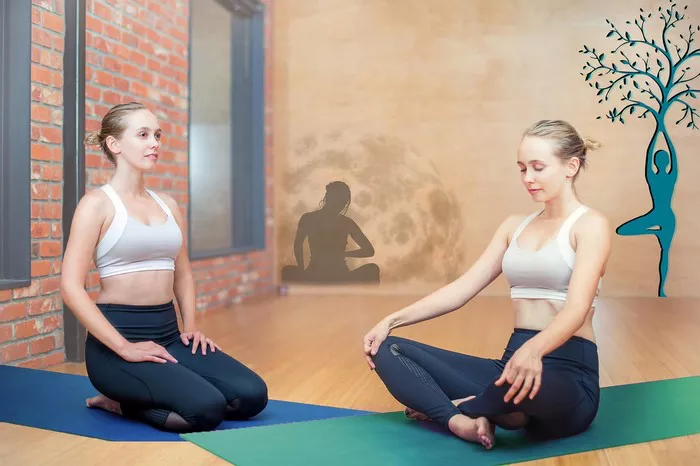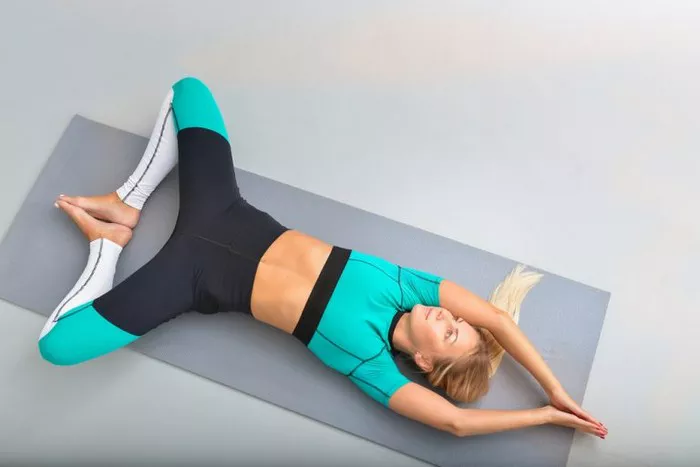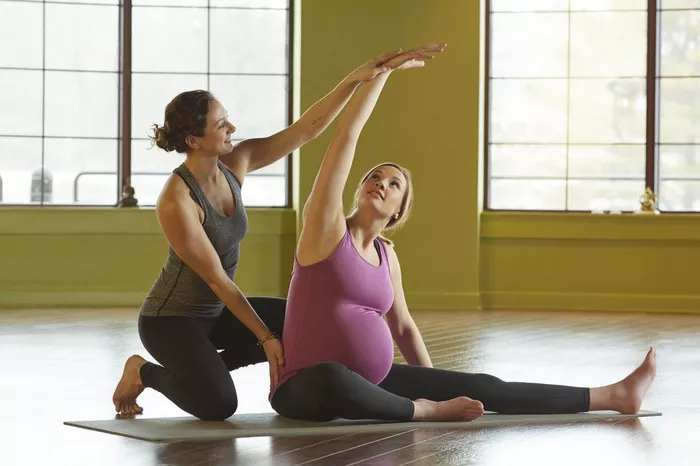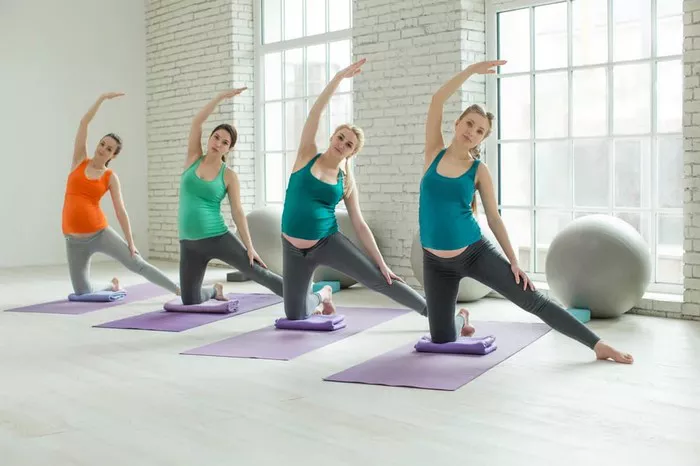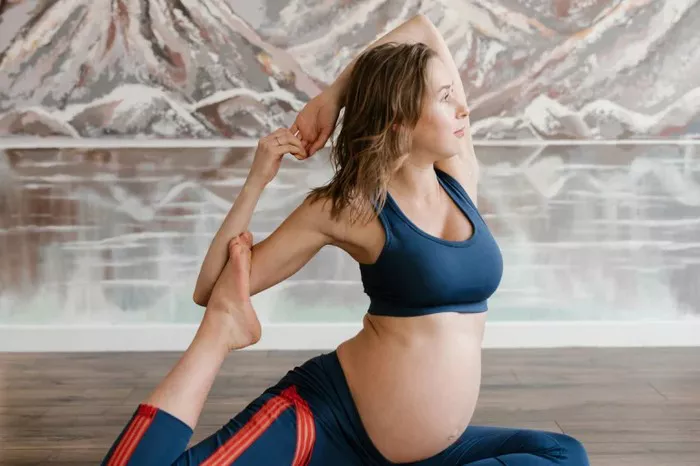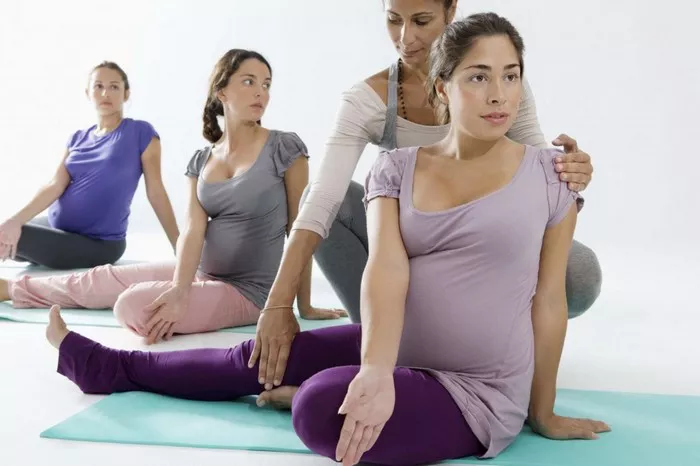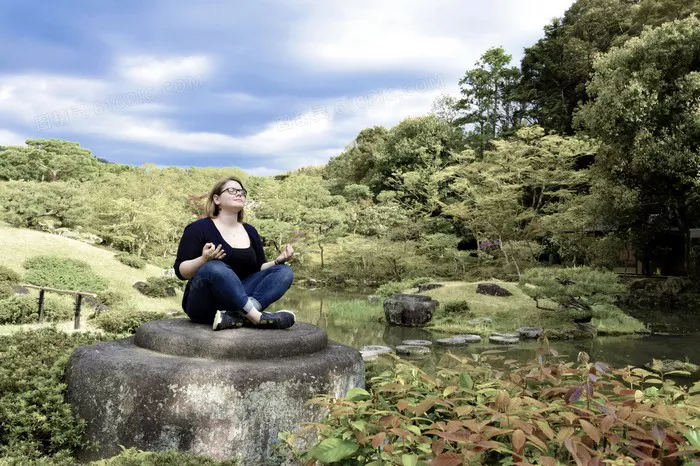Yoga has become a powerful tool for self-discovery, body awareness, and mental clarity. Among the many styles of yoga, Vinyasa flow stands out as a dynamic and vigorous practice that challenges both the body and mind. While traditional Vinyasa may involve a moderate pace and smooth transitions, the strong Vinyasa flow takes these aspects to a more intense level, incorporating a faster rhythm, more physically demanding sequences, and an emphasis on strength-building postures.
In this article, we will explore the fundamentals of Strong Vinyasa Flow, its benefits, the techniques that define it, and why this practice might be the ideal fit for those seeking a more energetic yoga experience. Whether you are a seasoned practitioner or a beginner, understanding what Strong Vinyasa Flow entails will provide insight into how this style can enhance your yoga journey.
Understanding Vinyasa Yoga
Before delving into the specifics of a strong Vinyasa flow, let’s first understand the core concept of Vinyasa yoga itself.
Vinyasa is a Sanskrit word that translates roughly as “to place in a special way” or “arranging in a special manner.” In the context of yoga, this refers to the specific sequencing of postures that flow together in a fluid manner. The essence of Vinyasa yoga lies in synchronizing breath with movement. This breath-driven movement creates a seamless connection between poses, where the inhale and exhale guide transitions from one posture to another.
Unlike other styles such as Hatha yoga, where poses might be held for extended periods, Vinyasa flow focuses on continuous movement, making it more dynamic and energetic. It is often considered a “moving meditation,” as it helps cultivate mindfulness and awareness through fluid transitions and rhythmic breathing.
In a typical Vinyasa class, you can expect to flow through a sequence of poses such as Downward Dog, Cobra, Warrior poses, and Sun Salutations, all linked together with smooth, controlled breathing.
What Makes Vinyasa Flow “Strong”?
Now, what sets Strong Vinyasa Flow apart from traditional Vinyasa is the intensity, both in terms of speed and the physical demand of the sequences. In a Strong Vinyasa class, the pace is generally quicker, with less time spent in each individual posture, making it more challenging and cardiovascularly engaging. There is also a greater emphasis on strength-building poses, like plank variations, chaturangas (low push-ups), and arm balances.
1. Faster Pace and Increased Intensity
Strong Vinyasa flows typically involve a quicker pace, with little to no rest between poses. This continuous movement raises the heart rate and increases circulation, which can lead to improved cardiovascular health. The faster transitions also demand more coordination, as practitioners need to flow from one pose to the next with controlled breath and alignment.
2. Strength-Enhancing Postures
While a traditional Vinyasa practice includes a mix of standing, seated, and prone postures, Strong Vinyasa focuses heavily on postures that build strength. For example, variations of the plank pose, warrior poses with arm extensions, and chaturangas challenge the muscles in the arms, shoulders, legs, and core. Strong Vinyasa may also incorporate challenging arm balances like Crow Pose or Side Plank to further engage and strengthen the upper body and core.
3. Engagement of Core Muscles
In a strong Vinyasa class, you will often find the core muscles actively engaged throughout the practice. Postures such as boat pose (Navasana), side plank (Vasisthasana), and variations of plank all activate the abdominals and lower back muscles, strengthening the entire core region. A strong core is not only essential for overall balance and posture but is also vital for supporting the spine and preventing injuries in other areas of the body.
4. Incorporating More Advanced Poses
A Strong Vinyasa flow class may also incorporate more advanced poses, including inversions (like headstands and handstands) and deep backbends (such as wheel or camel pose). These postures require a higher level of skill, flexibility, and strength, making the practice challenging for experienced practitioners, but rewarding once mastered.
5. Focus on Breath and Mind-Body Connection
While the physical demands are higher in Strong Vinyasa, breath remains a central focus. The class emphasizes Ujjayi breath, which is a slow, controlled breath that helps regulate the pace of movement and maintain focus. The breath guides the practitioner through each transition, providing rhythm to the practice and helping to sustain energy levels throughout.
This strong emphasis on the mind-body connection allows practitioners to not only build physical strength but also enhance their mental clarity, emotional resilience, and focus. This combination of intensity and mindfulness makes Strong Vinyasa a holistic practice that promotes both physical and mental well-being.
The Benefits of Strong Vinyasa Flow
1. Improved Strength and Endurance
One of the most significant benefits of Strong Vinyasa flow is its ability to build overall strength. From holding plank poses to engaging in arm balances, the practice challenges multiple muscle groups, leading to increased strength and endurance over time. The intensity of the practice means that the muscles are constantly engaged, providing a full-body workout that tones and sculpts.
2. Increased Flexibility
Although Strong Vinyasa primarily focuses on strength, it also improves flexibility. As the body flows through a series of postures that involve stretching and lengthening, flexibility is enhanced, particularly in the hips, hamstrings, shoulders, and spine. Flexibility is an essential part of overall functional movement, and the dynamic nature of Vinyasa encourages the body to open up gradually with each session.
3. Cardiovascular Benefits
The faster pace and constant movement in Strong Vinyasa flow result in an increased heart rate, which helps improve cardiovascular fitness. The more vigorous practice strengthens the heart and improves circulation, helping to reduce the risk of heart disease and boost overall health.
4. Mental Clarity and Stress Relief
As with any style of yoga, the mindfulness cultivated in Strong Vinyasa helps to reduce stress and anxiety. The flow of movement combined with breath awareness encourages practitioners to remain in the present moment, leaving behind distractions and focusing on the practice. Over time, this helps improve mental clarity, emotional stability, and a sense of inner peace.
5. Weight Management and Fat Loss
Given its intensity, Strong Vinyasa can be an effective way to burn calories and support weight loss. The full-body engagement required in this practice stimulates the metabolism and helps to increase calorie expenditure, contributing to fat loss over time.
6. Enhanced Focus and Discipline
Strong Vinyasa flow requires focus, discipline, and a deep connection to the breath. The mental challenges that arise when trying to coordinate breath with movement or hold difficult poses teach resilience and mindfulness, which can spill over into other areas of life.
Who is Strong Vinyasa Flow Suitable For?
Strong Vinyasa flow can be suitable for a wide range of practitioners, but it is especially beneficial for those who are looking for a physically challenging practice that goes beyond the basics. Here’s who may benefit the most:
Experienced Yogis: For those who already have a foundation in yoga, a Strong Vinyasa class can be an exciting way to take your practice to the next level. It challenges your body in new ways and requires advanced skills like balance, coordination, and flexibility.
Athletes: Strong Vinyasa flow can complement other fitness routines. It builds strength, flexibility, and endurance, which are all beneficial for athletes of various sports. The focus on core strength and balance is particularly helpful for enhancing overall athletic performance.
Those Seeking Physical Fitness: If you’re someone who enjoys a more active or fitness-oriented practice, Strong Vinyasa flow can offer a challenging cardiovascular workout while still emphasizing the mind-body connection that yoga provides.
Those Seeking Stress Relief: Despite its intensity, Strong Vinyasa can be incredibly grounding. The mental focus it requires helps relieve stress, leaving you feeling rejuvenated after class.
However, it is important to note that Strong Vinyasa might not be the best option for absolute beginners or those with certain physical limitations. If you’re new to yoga, it’s essential to first build a foundation with slower-paced Vinyasa classes or other beginner-friendly styles.
Tips for Practicing Strong Vinyasa Flow
Start Slow: If you’re new to Strong Vinyasa, consider starting with a regular Vinyasa flow class before gradually progressing to a stronger, faster-paced flow. This will help you build endurance and strength while understanding proper alignment and breath techniques.
Listen to Your Body: With more intense movement comes a higher risk of injury. Always listen to your body, especially when pushing yourself into challenging poses. If something doesn’t feel right, back off or modify the posture.
Use Props When Necessary: If you find certain poses difficult, feel free to use yoga blocks, straps, or blankets for support. Props can help you build strength and flexibility at your own pace while maintaining proper alignment.
Focus on Breath: In any Vinyasa practice, the breath is paramount. In Strong Vinyasa flow, maintaining steady, deep breathing is essential for sustaining energy and focusing the mind. Ujjayi breath is particularly helpful in creating a calming, rhythmic flow.
Conclusion
Strong Vinyasa flow is a powerful and transformative yoga practice that combines physical strength, mental clarity, and breath synchronization into a single, flowing movement. It is a fantastic option for those looking for an intense, full-body workout that still maintains the mindful aspects of traditional yoga. Whether you’re looking to improve strength, flexibility, or overall fitness, Strong Vinyasa offers a comprehensive approach to well-being. With consistent practice, you will build not only physical endurance but also mental resilience, making it a holistic and fulfilling yoga journey.
Related Topics:



